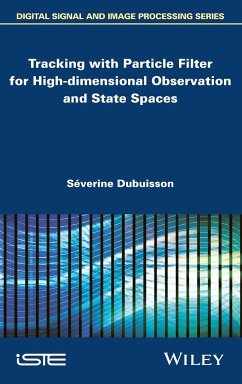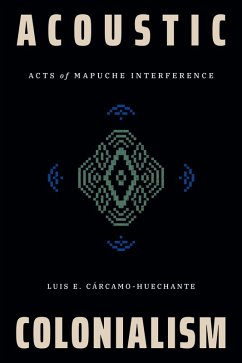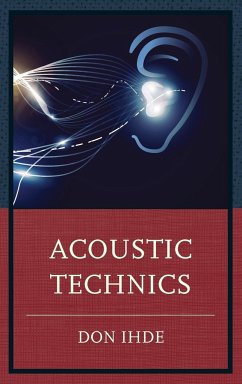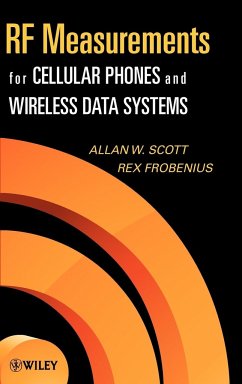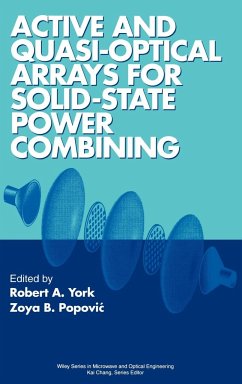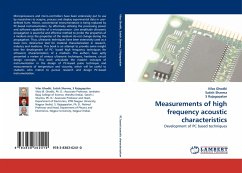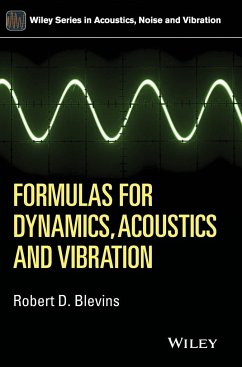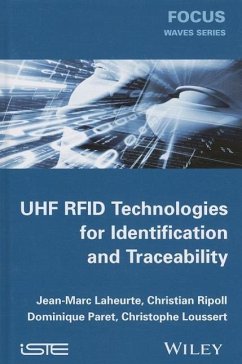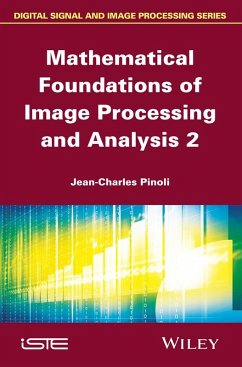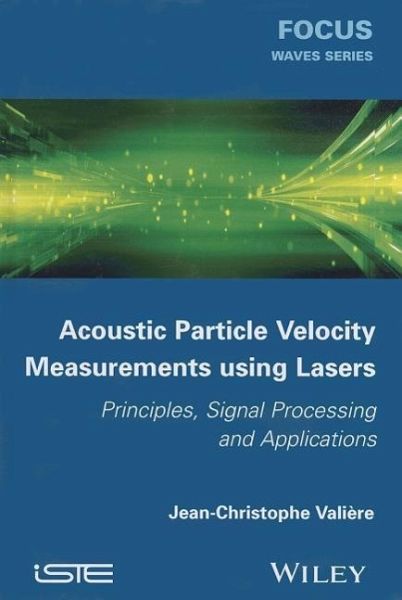
Acoustic Particle Velocity Measurements Using Lasers
Principles, Signal Processing and Applications
Versandkostenfrei!
Versandfertig in über 4 Wochen
158,99 €
inkl. MwSt.
Weitere Ausgaben:

PAYBACK Punkte
79 °P sammeln!
Acoustic Particle Velocity Measurements Using Laser explains the recent research developments in studies on acoustic velocity and depicts their application to innovated causes. Techniques once developed for fluid mechanics are applied to acoustic velocity with informative and educational results.



